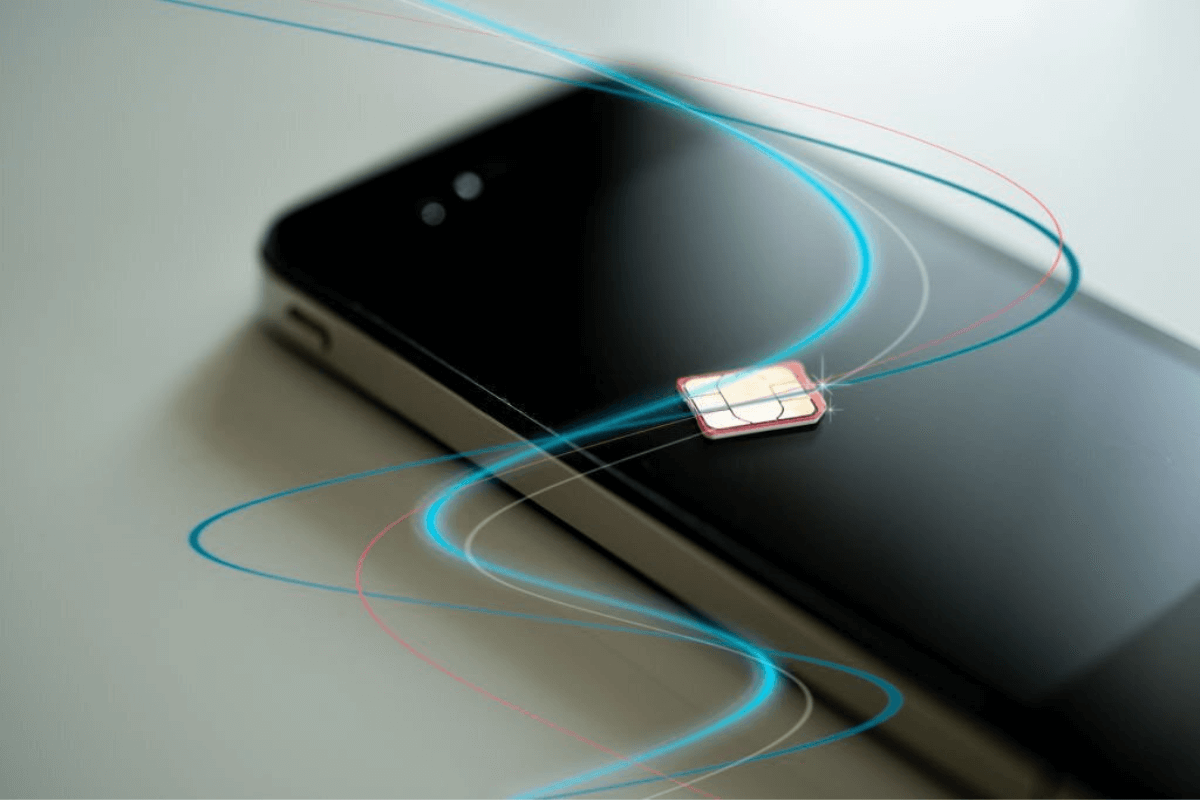3 Ways Operators Can Embrace eSIM Opportunities With An Entitlement Server
In this article, we look at ways for MNOs(mobile network operators) to increase their share of total eSIM customers while also promoting customer loyalty from existing subscribers.
Many MNOs (mobile network operators) are treating eSIMs with some trepidation. They fear losing out on customers who are able to switch to another provider quickly and easily. Without the wait for a replacement physical SIM, the switch can happen almost instantaneously. Customers can be up and running with another MNO with minimal hassle.
However, this change in the market also presents an opportunity. By offering the best eSIM experience, MNOs can draw new customers in while also maintaining a good existing customer retention rate. Here, we look at opportunities for MNOs to gain a greater share of total eSIM customers, as well as promote customer loyalty from existing subscribers.
1. Extol the benefits of multi-SIM for smartphones
Multi-SIM subscriptions offer some very significant benefits to customers. Domestic customers are increasingly enjoying having more than one subscription within one device. For example, they can enjoy one personal contract and another for work without the hassle of carrying and charging two devices.
Other customers are seeing the benefit of having one competitively priced subscription for local calls and another for international calls, saving them money overall. With easy, accessible features like Apple’s Dual SIM Dual Standby widely available now, multi-SIM has never looked more attractive. For the customer, they represent simplicity and ease.
Now is the time to promote multi-SIM. Increase customer lifetime value by staying ahead of the competition with a flexible, convenient multi-SIM service. A multi eSIM hub (MeSH) enhances an MNO’s capabilities by offering options to manage tenants, sites, platforms, and sales channels in one solution.
2. Stay one step ahead by providing eSIM for next-generation devices
It would be a mistake for MNOs to focus solely on smartphones. While the eSIM market is firmly entwined with that of smartphones, it is also becoming increasingly diverse.
ESIM is connecting a multitude of household appliances and gadgets, and personal devices that were previously unconnected. Growth in the market is rapid, too. As early as 2024, it will be typical for consumers to be operating at least four connected devices.
More and more people are purchasing smart vehicles, smart thermostats, smart doorbells, smart household appliances, and small personal devices such as smartwatches. Add in laptops and tablets and you can quickly see how many eSIM-connected devices an average household is likely to purchase over the next few years. In fact, Counterpoint research suggests that by 2025, we’ll be operating 6 billion of these devices between us.
Many of these connected devices will shortly rely exclusively on eSIM cellular connectivity, too. This means we need to get to know a new generation of subscribers.
3. Appeal to next-generation subscribers
With a new wealth of connected devices available to consumers, great opportunities are created for MNOs. The potential to sell to existing customers as they acquire more and more smart devices is one that should not be missed. Offering eSIM subscriptions to your customer base strengthens relationships, builds loyalty, and is cost-effective.
Capita research shows that approximately 80% of the cost is saved by selling to an existing customer over a new one. Single smartphone subscribers can be converted into holders of multiple subscriptions. This should, in turn, increase average revenue per unit (ARPU). Not only that but lifetime customer value can also be expected to increase.
Next-generation subscribers are not going to want to wait for operators to catch up with the device markets. Therefore, MNOs need to be ahead of the game and ready to offer subscriptions now. Customers will be looking for scalable, flexible solutions that they can use for personal electronics, smartphones, and other household devices.
Converting customers into multiple revenue channels this way certainly helps to counteract the fears of dual or multi-SIM devices being less profitable.
Why MNOs need an entitlement server?
To manage an increasing amount of subscriptions, MNOs will need an entitlement server. This enables them to efficiently and effectively manage multiple connections and related settings. An entitlement server allows MNOs to provide their customers with next-generation connectivity for all their devices, configure service settings and manage authentication within a single platform.
With an entitlement server, MNOs can deploy both Vo-LTE (voice over LTE) and Rich Communication Services. Vo-LTE is providing consumers with the next-generation sound quality for voice calls. Rich Communication Services is a step forward for messaging services, far exceeding SMS technology.
In summary, entitlement servers are enabling MNOs to expand their horizons, covering markets as diverse as home security and vehicles. The market for connected devices is growing rapidly and MNOs must stay ahead of the curve. Providing a flexible, scalable connection is inevitably going to be increasingly vital for MNos.
MNOs can use an entitlement server to enrich the customer experience by adding enhanced services and additional security on their smartphones. Build customer loyalty with great service and expect to see consumers opting for multiple subscriptions for their additional connected devices, too.

Subscribe & get all related Blog notification.





Post your comment